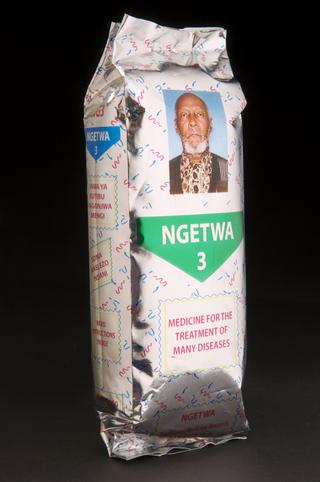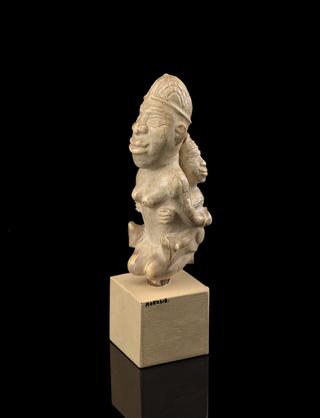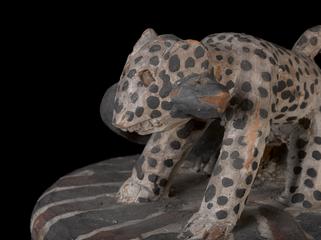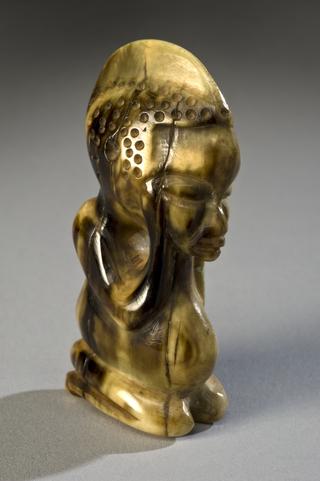
Bottle of Zamzam Water
- Made:
- 2018




Bottle of Zamzam water, collected by Shayma Zaman while performing Hajj in 2018. Contained within a clear bottle, which is a third filled with water and sealed with a blue plastic screw cap. Plastic cap inscribed with the word 'Naked'.
Water from the well of Zamzam is consumed for sustenance and healing by millions of pilgrims each year whilst performing Hajj (an annual pilgrimage that all Muslims are required to undertake at least once in their lifetime) and Umrah (a voluntary pilgrimage that can be completed at any time of year). It is sourced from a well located inside the Masjid al-Haram in Mecca, Saudi Arabia, just 20 meters away from the Ka'bah, the holiest site in Islam.
Muslims use Zamzam water to seek healing and nourishment. The most famous hadith (Prophetic saying) regarding the water states that it is good for whatever purpose it has been drank – from strengthening the immune system to fulfilling a wish. Zamzam water is one of the most popular souvenirs among pilgrims to Mecca, who take it home to gift to family and friends. This bottle was collected by Shayma Zaman who first performed Hajj aged 17 – a transformative experience she credits with aiding her recovery from disordered eating.
In Islamic tradition, the Zamzam well was created in the desert by the Angel Jibreel (Gabriel) to save the lives of Hagar and Ismail, the wife and infant son of the Prophet Ibrahim. While searching for water, Hagar ran between the hills of Safa and Marwa seven times. After her seventh trip, her prayers were answered, and the water source was created. An important part of both the Hajj and Umrah is for pilgrims to honour Hagar by also walking seven times between the two hills.
Details
- Category:
- Ethnography and Folk Medicine
- Object Number:
- 2019-357
- Materials:
- plastic (unidentified) and water
- Measurements:
-
overall: 170 mm x 50 mm x 50 mm,
- type:
- bottled zamzam water




